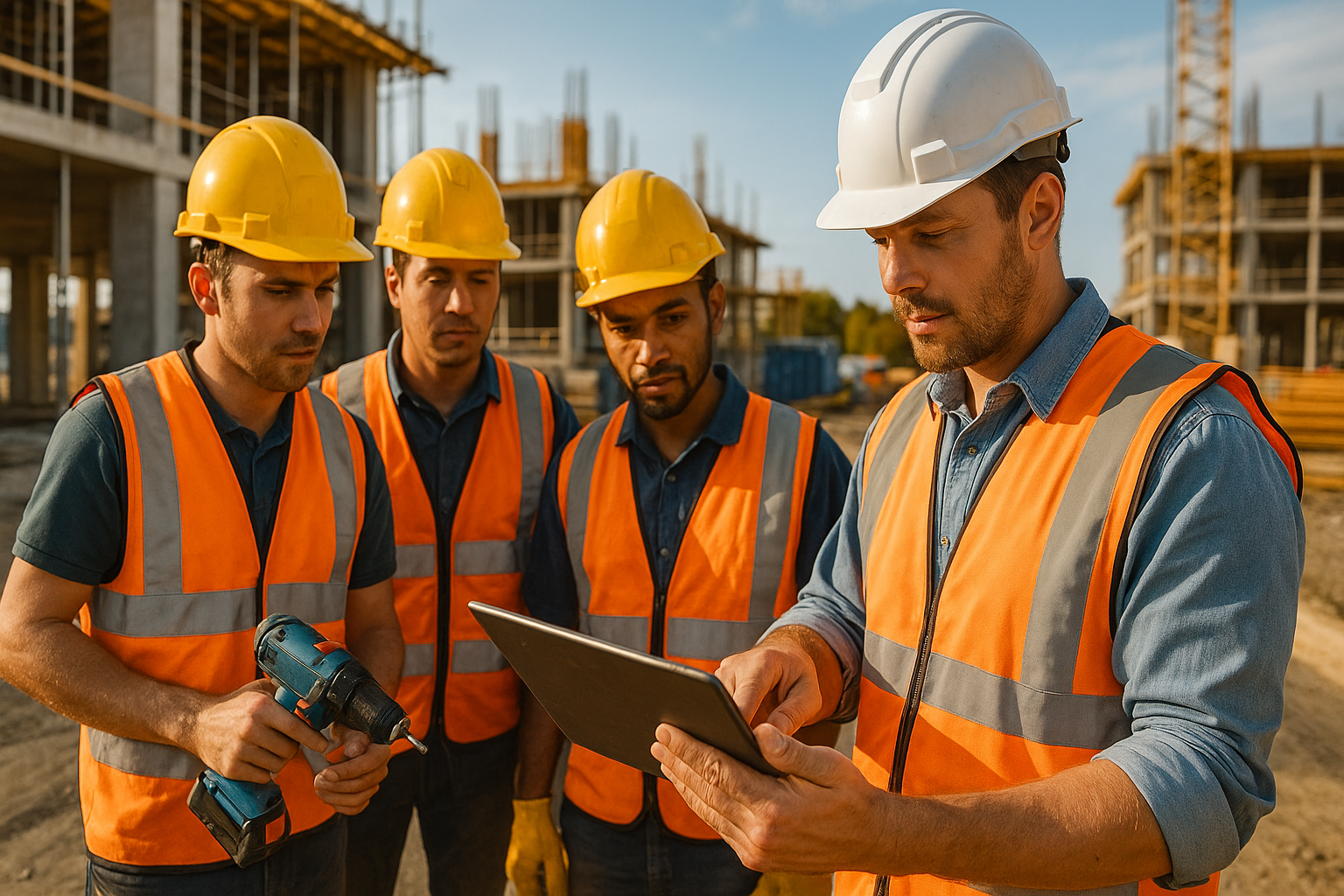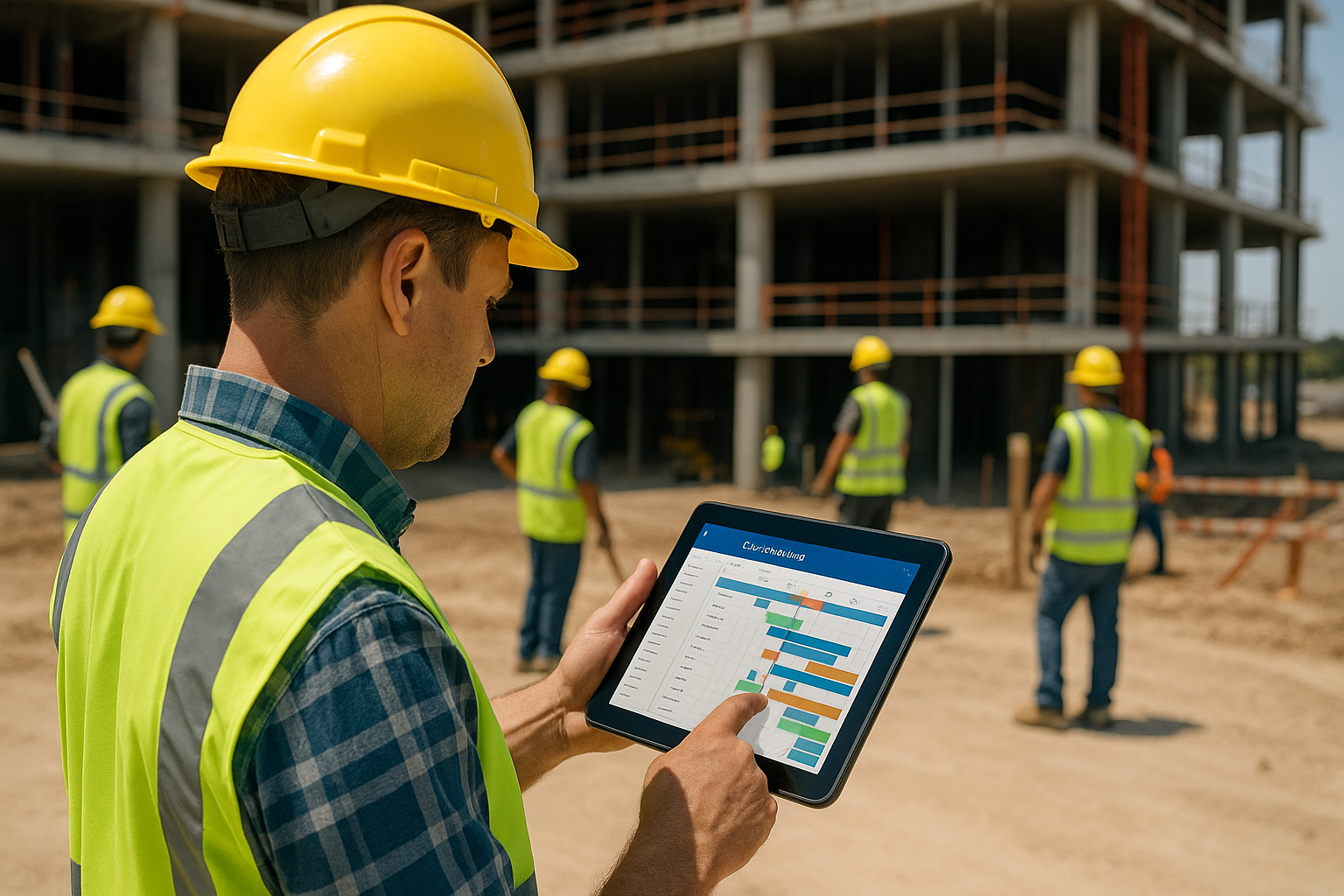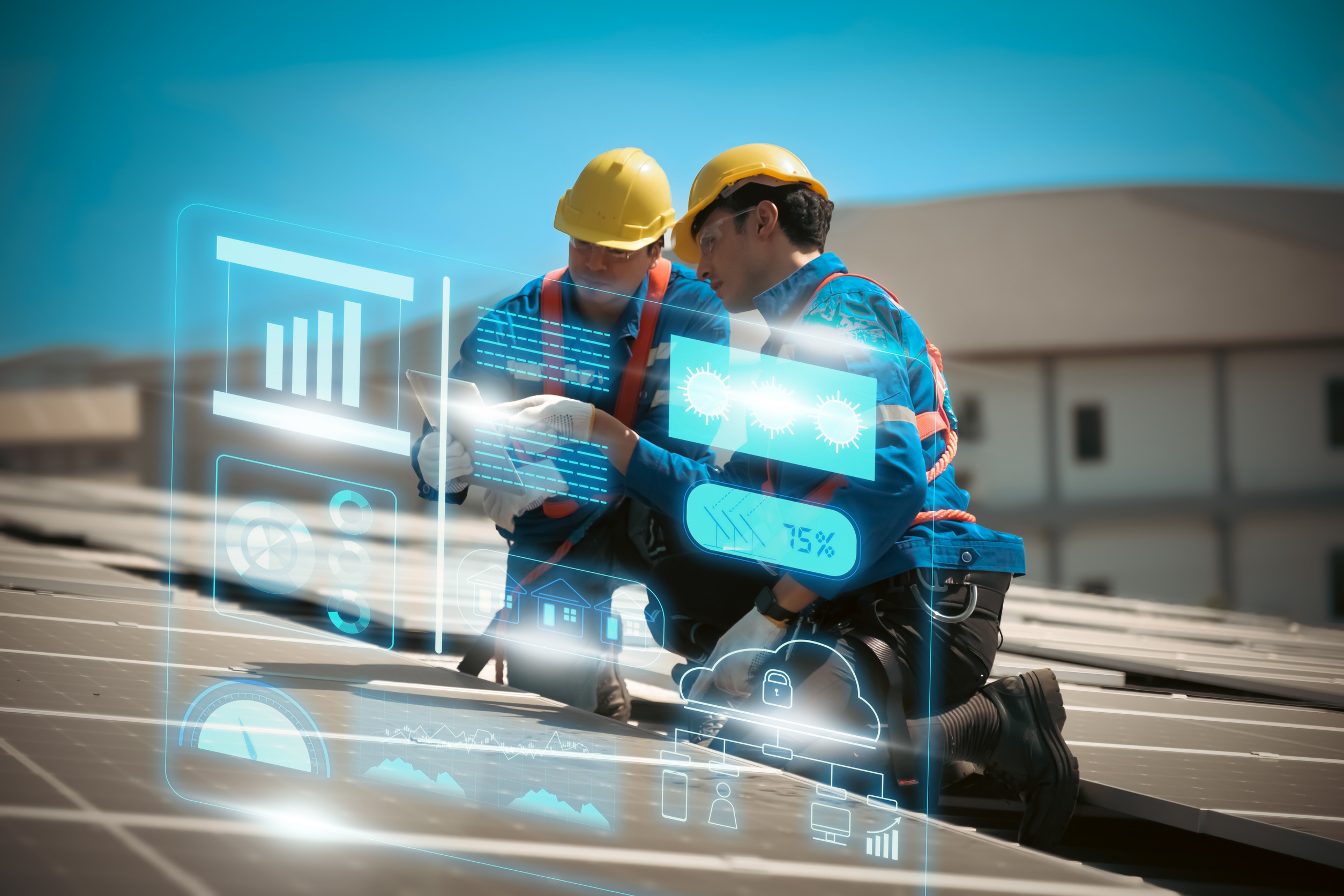Virtual and Augmented Reality – Modernizing Construction in the 21st Century

It may be that when you think of virtual reality, images of a gamer come to mind. Augmented reality might have you thinking of a theme park ride. The truth is, while there are other applications, both virtual and augmented reality are bringing a whole new level of success to the construction industry with widespread applications that are modernizing how we build homes, businesses and retail or industrial complexes.
Modernizing construction in the 21st century will lead to a variety of benefits including improved health and safety of workers, fewer costly errors and project efficiencies that will ultimately save both time and money. There’s nothing “playful” about VR and AR when it comes to construction, instead it’s all about achieving a whole new level of success!
Helping Modernize Every Step of the Way.
From the moment an architect first envisions a building, through every step of the design phase, up to and including marketing the vision to the end user, both VR and AR play a pivotal role. Here’s a recap of just some of the ways you should be using these tools, along with wearable smart devices, on your next construction project.
In Preproduction – Sharing the Vision, with your team and with Customers
Before a shovel ever hits the ground, help your team see the same vision you do by incorporating virtual reality into your design process. Whether you refer to them as diagrams, drawings or blueprints, not everyone is skilled at translating 2D to 3D and often (when it comes to new homes and condos for example) the end buyer simply can’t “see” the finished product. Help seal the deal with potential buyers and/or investors by providing 3D virtual tours of your proposed property.
There’s simply no better way to market your project than by bringing that project to “life” right before their eyes. Full immersion “into” a project will also help to eliminate any misunderstandings over actual design details and can allow for requested modifications to be made to plans while it is still cost-effective to do so. This is also a handy feature when it comes to renovations – ensuring homeowners know and understand exactly what they’re getting.
BIM – Building Information Modelling
BIM is where a series of images are collected through technology like 3D laser scanning and drone imagery (we talked about drones in construction last month and you can find that blog here) to create a three-dimensional model. Bringing a vision to life enhances collaboration and communication between the architects, developers, the construction team and the end user in a way that can only be achieved through the use of virtual reality 3D technology – where everyone is seeing the same thing at the same time.
Before and During Construction – Eliminating Costly Errors
Collaboration is key in construction. With so many contractors involved on a project, coordinating the efforts of everyone toward the end result is one of the biggest challenges the industry faces. Both VR and AR can play a role in allowing key players to “see” beyond the surface and identify a problem, perhaps before it’s even been installed. What if contractors are working from an out-dated set of blueprints? What if there is a communication issue between job sites? Just these two factors alone can lead to real time delays, costing you both money and time. AR enables workers to view schematics (let’s say plumbing floor plans for example) overlaid on top of building design, in real time, so that problems with design might be identified. Concurrently, all of that information is able to be collected, also in real time for accurate and relevant feedback to be provided promptly to everyone from the design team to lead foreman.
Augmented Reality Glasses – Seeing the Future in Real Time
Speaking of augmented reality, you can eliminate the need for finding a surface to lay out blueprints and trying to compare drawings to what you are seeing in real time. Smart glasses will take photos of what you see, record video of your commentary and relay that information back to design teams to address and make corrections in calculations or design before costly mistakes are made. Improved oversight might even free up your management team to then be able to oversee several projects at once.
Gaining efficiencies in planning and improving processes throughout the construction phase are just two of the many reasons to consider augmenting your construction team’s onsite tools with VR and AR technology. But there’s a third reason and this one has everything to do with safety while still helping you operate more effectively. Wearable technology is changing the way we build and it’s helping to put safety first.
Here’s how:
Wearable Technology and Safety First – Putting Workers at the top of the Priority List
Training
VR technology can be used to actually enhance operator training before they ever hit the job site. Practicing on large construction machinery, on the job site, isn’t ideal but training in virtually life-like circumstances is. In turn, that leads to enhanced safety on the job site too.
Wearable technology
Wearable technology increases efficiencies and improves safety by reducing the number of people on the job site in the first place. Just one person on a construction site can be the “eyes” of an entire team meaning fewer onsite visitors and reduced potential for accidents.
Smart technology
Smart technology includes a variety of wearable items that will monitor everything from a worker’s health to the health and safety conditions of the job site. Some recent data indicates that the use of wearable technology has led to an increase in worker satisfaction (by as much as 8% in one study) and that its use may also lead to a reduction in insurance rates.
RFID security tags
RFID security tags are already in widespread use to help control who has access to work sites and monitor where your employees are and the flow of traffic both on and through sites.
Smart Helmets
Smart Helmets can monitor vital signs and detect fatigue as well as alert emergency personnel to worker’s locations in the event of an accident.
Exosuits
Exosuits, not quite like the movie hero Iron Man, but wearables – dedicated to specific areas of the body where workers typically experience fatigue or injury – can help eliminate or reduce both. Currently on the market are products for shoulders, the back or legs and this type of equipment helps reduce strain from heavy lifting, helps with repetitive motions, prevents excessive fatigue and decreases the chance of injury, all while reducing stress on the body.
Smart boots & smart bands
There are even smart boots and smart bands now on the market that have many of the same applications as those already listed above. There is now a particular smart clip wearable device that not only monitors worker fatigue and possible health risks, but also allows the worker to signal for help at the push of a button. It can even allow the construction site manager to alert all workers at the same time of an emergency such as a severe weather-related warning or about an accident or fire incident requiring immediate widespread site evacuation.
There’s no doubt that wearable technology, augmented reality and virtual reality are modernizing the construction industry, enhancing everything from the customer experience to worker safety. Building success through the use of technology formerly associated primarily with the gaming experience is changing the way construction builds the future, bridging the gap between past and present best practices. If you’d like to know more about the future of construction or have specific questions about Plexxis Construction Management Software, call or email us anytime.
* Brought to you by Plexxis Software: Offering software solutions for the construction industry that integrates cloud, mobile and on-premise software to improve and enhance team performance.



